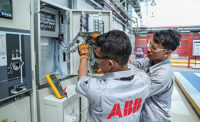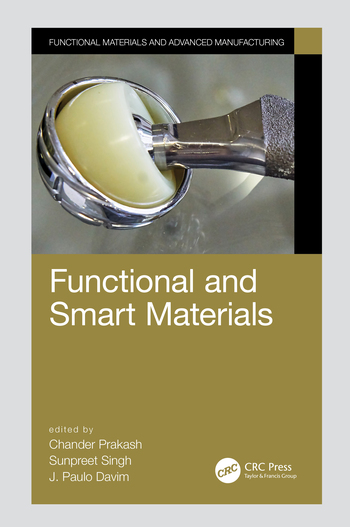The Integrated Design and Engineering Environment system analyzes the functional requirements of a product and identifies appropriate materials at an early stage of the development process.
European manufacturing engineers are eager to harness the power of smart assembly tools and systems. “[Assembly plants] are under increasing cost pressure from low-wage countries,” says Timo Huber, a scientist at the Fraunhofer Institute for Chemical Technology. “Cost reductions, shorter production times, new materials and innovative assembly techniques are needed if companies are to remain competitive.”
The auto industry faces more challenges than many other sectors. “New models are entering the market at ever shorter intervals, products are becoming more complex, and the trend toward electric cars requires modified vehicle structures,” Huber points out.
To achieve those goals, Fraunhofer and a group of other research organizations participating in the European Union’s Pegasus project, recently developed a way to reduce product development times and costs. The Integrated Design and Engineering Environment (IDEE) system is a software platform that’s connected to an intelligent database. “It analyzes the functional requirements of a product and identifies appropriate materials at an early stage of the development process,” say Huber.
For example, if a car roof is to be made in a different material than before, it is not necessary to conduct a new development process. Instead, engineers enter the component data into the software system, which assesses the information and then selects suitable materials and manufacturing processes. The platform also provides engineering guidelines for designing the tools that will be used to produce the component.
The engineers recently demonstrated how this platform could work. “We used [a] fender from a Smart car [to demonstrate] how this complex component can be produced more quickly and cheaply with new processing techniques, materials, bonding agents and tools,” says Huber.
Instead of conventional lamps, the engineers fitted LED tail lights to the fender. This reduced the number of separate parts from eight to five, and the number of processing steps from 12 to five. Material and cost savings were also achieved by using conductor paths made of electrically conductive polymer. The carbon nanotubes conduct electricity from the connector to the LEDs and render metallic conductor structures superfluous.
So that components such as the LED tail lights can be dismantled more quickly, they are bonded using a new microwave-active adhesive bonding system. When irradiated with microwaves, the individual components lose their adhesion and can be easily taken apart.
“This means that parts can be efficiently recycled into different categories,” Huber points out. “In addition, we dyed the fender using newly developed pigments based on special nanoparticles. These nanostructures can be worked in particularly evenly to dye plastics such as polypropylene. This means fewer pigments are needed than usual.
“The IDEE system will shorten development times, cut the number of assembly steps and reduce the amount of material consumed,” claims Huber. Although the system is still under development, it can already be used to produce simple components. The software should be commercially available within the next 12 months.
Get our new eMagazine delivered to your inbox every month.
Stay in the know on the latest assembly trends.
SUBSCRIBE TODAY!Copyright ©2024. All Rights Reserved BNP Media.
Design, CMS, Hosting & Web Development :: ePublishing




